Testing Web applications with QF-Test I GUI Test automation
In this video, you will learn everything you need to get started with testing web applications with QF-Test.

Quality assurance of websites and web applications is an indispensable part of the development process. QF-Test is a professional website testing tool that makes automated website testing efficient and reliable. It not only helps to detect errors at an early stage, but also improves the test results, test coverage and reusability of the test scenarios.
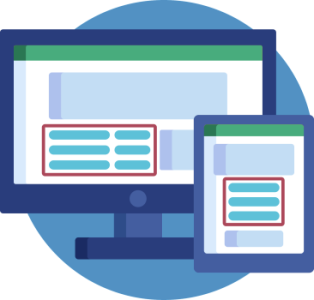
QF-Test makes automated web testing easier: it simulates real user interactions directly in the browser and reduces technical complexity through a flexible component concept. This allows you to create stable, low-maintenance tests for modern web applications.
QF-Test offers a variety of functions that are specifically designed for web testing:

Support of web frameworks
QF-Test supports numerous web frameworks and offers special functions to optimally handle individual structures and peculiarities. This enables reliable tests even for complex, dynamic and deeply nested web applications.


Web application testers face particular challenges: In HTML, there are few concepts for logical GUI elements such as trees, so developers often come up with something themselves. A simple tree component is then represented by dozens of individual DIV nodes. This explosion of complexity has to be compensated for later by test developers.
To “teach” your specific application to QF-Test, use our intuitive CustomWebResolver. With the help of simple assignments, without programming code, you translate HTML structures into easily understandable, logical components. This already works out-of-the-box for many common UI frameworks, so you benefit directly from the advantages of the QF-Test component concept.
Testers can then work independently with QF-Test and your web application without having to know the underlying HTML structure.
QF-Test enables the simple creation and execution of automated web tests through an intuitive capture & replay approach. Test steps are recorded and converted into executable source code. Thanks to flexible data connection, different test variants can be mapped.
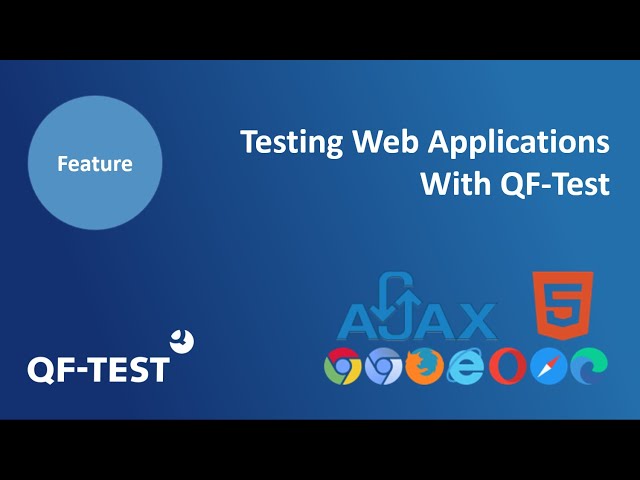
In this video, you will learn everything you need to get started with testing web applications with QF-Test.
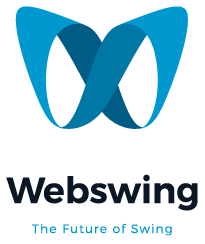
Testing Webswing applications
Java Swing, JavaFX, Applet and Netbeans applications can be displayed in a browser with the technology Webswing.
QF-Test can test such applications, both the Java and the Web part can be accessed.
Your existing Java tests with QF-Test can be reused in a Webswing system.

QF-Test supports numerous common web frameworks such as Angular, React, Vue.js and many more. The high-level API provided by the frameworks and toolkits enables developers to create applications with a pleasing and highly responsive user interface with excellent user acceptance rates quickly. This diversity is a special challenge for web test automation. But with QF-Test you can master them with ease.
If you have any questions about specific supported versions, please contact our support team.
UI Testing of Electron applications

Angular Material
Angular is an open source front end web application framework. It is developed by a community, mainly Google. QF‑Test supports AngularJS und Angular up from version 2 with their UI-framework in Material design as UI-Bootstrap libraries.

React Framework
React is a JavaScript library for creating user interfaces. In 2011 a software engineer from Facebook developed React for the Facebook News Feed and later for Instagram. Besides Angular it is the most common web framework today.

Vue.js
Vue.js (pronounced like “view”) is an open-source JavaScript web framework that exists since 2013. It is being developed by Evan You together with the online community. Since version 2 it also supports rendering by server.

AG Grid is a powerful JavaScript framework for complex data tables, compatible with all popular JavaScript UI libraries. AG Grid is available in a free community edition as well as an enterprise version with additional features and support.

Ext JS is a client-side AJAX framework available since 2007 for creation of interactive Web applications. A rich set of APIs and GUI widgets is part of Ext JS as well as support for model-view-controller (MVC) based architectures. Ext JS is developed and maintained by the US company Sencha Inc.

Vaadin is an open-source Rich Internet Application (RIA) framework for building modern user interfaces in server-side environment with Java. Vaadin is also the name of the finnish company.

jQuery EasyUI
jQuery EasyUI is a collection of user-interface components based on jQuery. It provides essential functionality for building modern, interactive JavaScript applications. HTML5 web pages can be created mainly by using HTML markup without the need to write much JavaScript code.

jQuery UI
jQuery UI is an extension of the well-known jQuery JavaScript library and provides a set of interactions, effects, widgets and themes for creating of interactive web applications. It is developed by the jQuery UI Foundation.

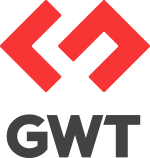
Google Web Toolkit (GWT) is an open source AJAX framework for the development of web applications. Google also uses it for products like Google Ads and AdSense. As a key feature it offers a Java to JavaScript compilation. GWT is also used as basis for other toolkits like Ext GWT.

ICEfaces is an AJAX framework to build enterprise RIA applications. It is based on the Java Server Faces (JSF) standard, comes with a comprehensive component library and portal integration. The Canadian company IceSoft Technologies Inc. offers open source editions and commercial product editions.

PrimeFaces
PrimeFaces is an AJAX framework on the basis of Java Server Faces (JSF) and therefore allows creating of rich user interfaces with java. Known since 2009, PrimeFaces provides a lightweight UI widget library with extensions and themes. PrimeTek Informatics, located in Turkey, is the company behind PrimeFaces.
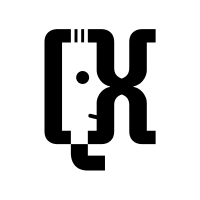
Qooxdoo
Qooxdoo is an open source framework that is available since 2009 for the development of GUI interfaces for web applications. It contains a coherent set of individual components and an extensive toolchain. Qooxdoo is developed by 1&1 and GMX employees which is why it is supported by the web hosting service 1&1.

Remote Application Platform (RAP) is an open source AJAX widget toolkit with an API equal to the Standard Widget Toolkit (SWT) and with OSGI integration. RAP applications are written in Java, therefore well known IDEs like Eclipse can be used effectively. RAP is a project of the Eclipse Foundation.

RichFaces
RichFaces is an advanced AJAX framework for business applications using Java Server Faces (JSF). It provides a full set of AJAX enabled components and comes with an own IDE called CDK. RichFaces is a JBoss project, licensed under LGPL. The well known US company Red Hat Inc. owns this project.
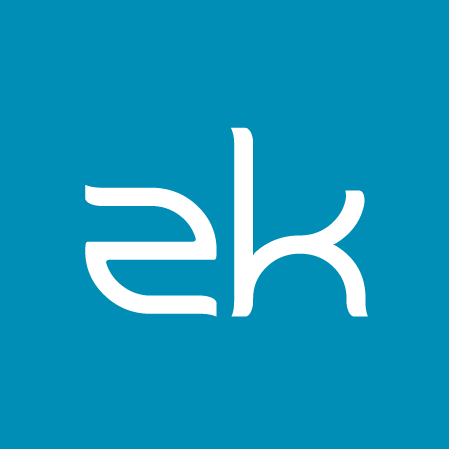
ZK-Framework
ZK adds a comprehensive set of enterprise components and building blocks on top of the de facto standards jQuery and JSON. ZK provides developers with an event-driven model and implementation in pure Java or XML markup. Potix Corporation is the company behind this framework with offices in Taiwan and Canada.
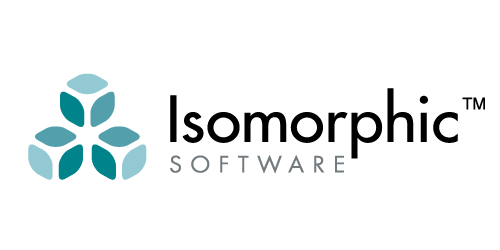
Smart GWT
Smart GWT of Isomorphic Software combines a large set of Google Web Toolkit (GWT) UI components with a Java server framework to create business web applications. Adaption of the browser to different devices is of course included and on one single code base.

Fluent UI React
Microsoft’s Fluent UI React is the official open-source React front-end framework designed to build experiences that fit seamlessly into a broad range of Microsoft products. It provides robust, up-to-date, accessible components which are highly customizable using CSS-in-JS.
Check it out for yourself

Automated Website Testing
QF-Test is a powerful tool for automated web testing that reliably puts your web applications through their paces. It saves time, improves test coverage and delivers precise test results. Get now a free trial of QF-Test and automate your web tests efficiently.
Compared to other website testing tools, QF-Test impresses with its intuitive operation, comprehensive test coverage and support for numerous web frameworks. It was specially developed for test automation engineers and optimizes the entire test run process.
Automated Web Accessibility Tests

Web testing is the systematic process of checking websites and web applications. The aim is to ensure functionality, user-friendliness, security and performance. This process can be carried out manually or automatically, with automated website tests increasingly being preferred in order to identify incompatibilities and functionality problems at an early stage.
Web testing is a central component of quality assurance and accompanies the entire development process – from the test version to the final delivery. It ensures that websites function smoothly under different conditions and on different browsers and end devices.

Web testing can be carried out both manually and automatically. Both approaches have specific strengths and challenges.

Manual testing is particularly suitable for one-off tests or exploratory test cases where no complex setups are required.
Disadvantages of manual testing

Automated web testing is the preferred method for extensive and recurring test scenarios, such as regression tests or cross-browser tests.
Advantages of automated webtesting
Automated web testing requires basic technical knowledge. However, QF-Test significantly simplifies automated web testing. This means that a possibly higher initial effort for the setup of the test environment and scripts will be worthwhile in any case.
Tell us about yourself and we will put you in touch with QF-Test experts who can tell you more about our product.
FAQs zum Thema Web-Testing